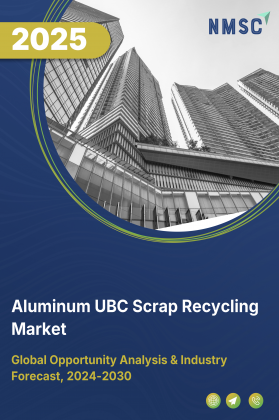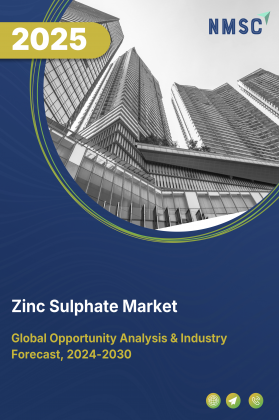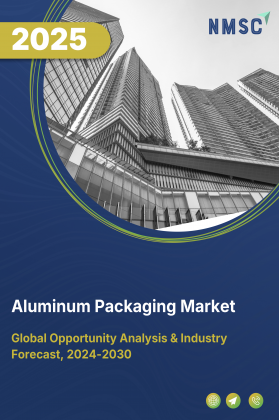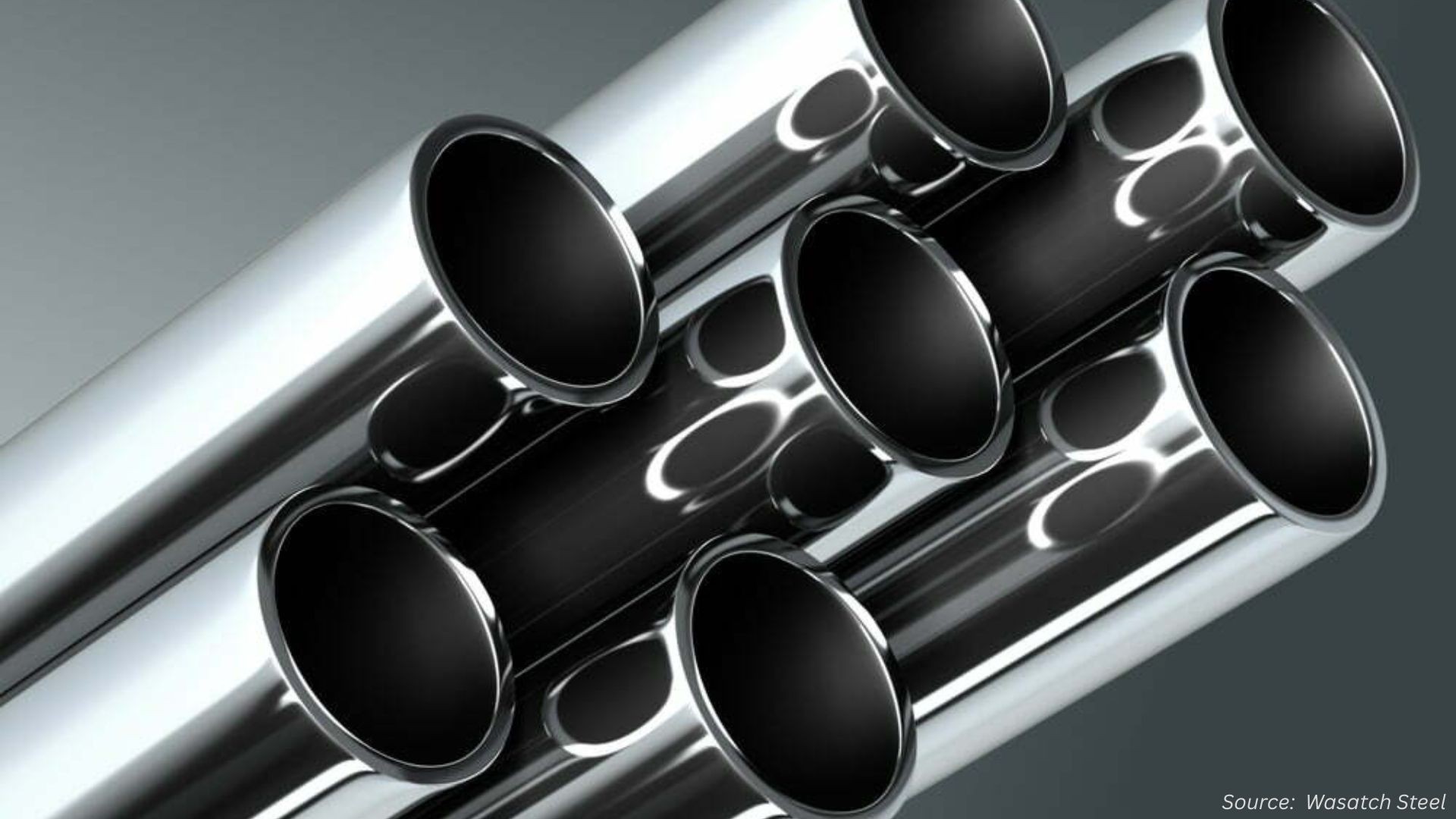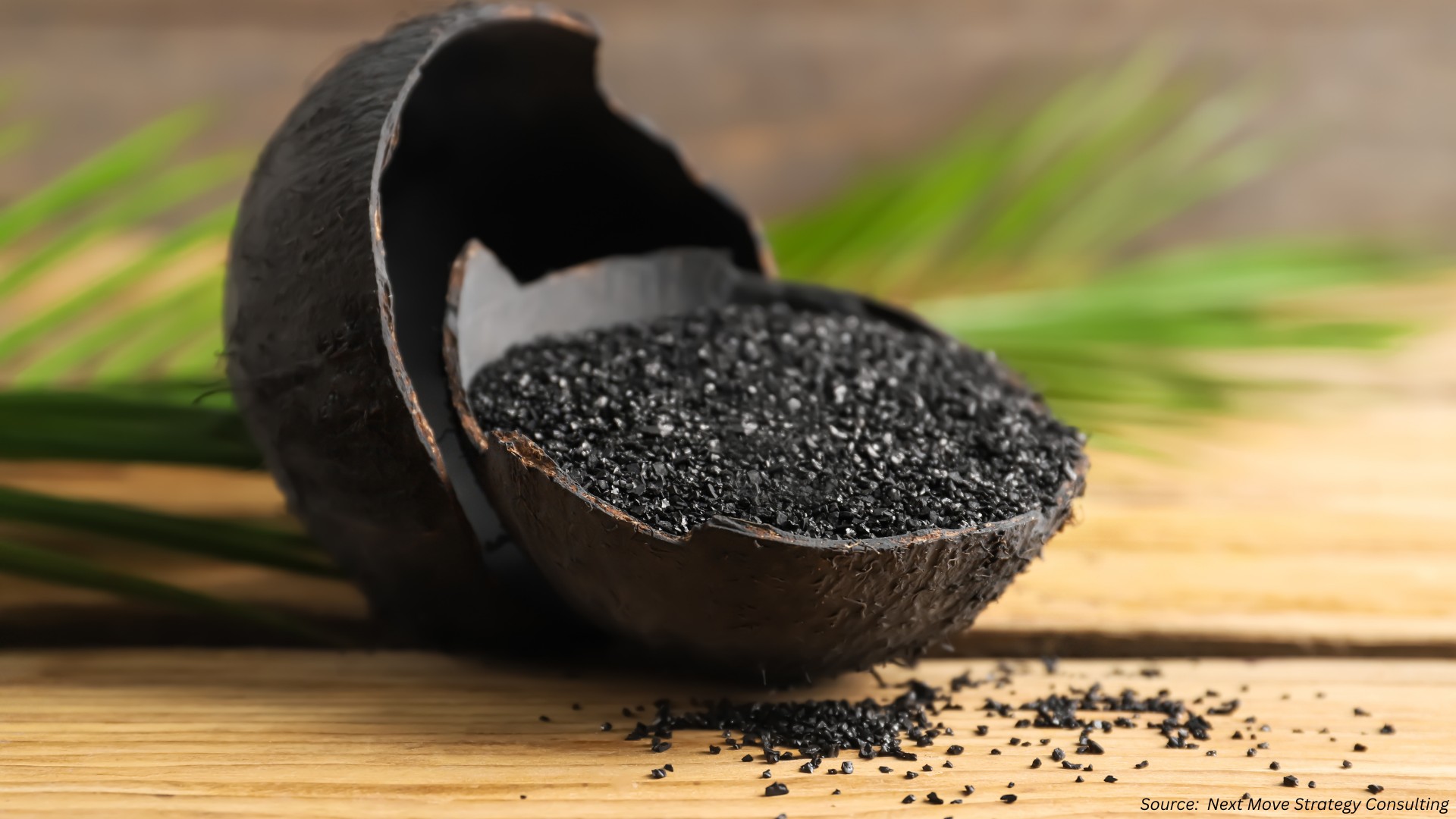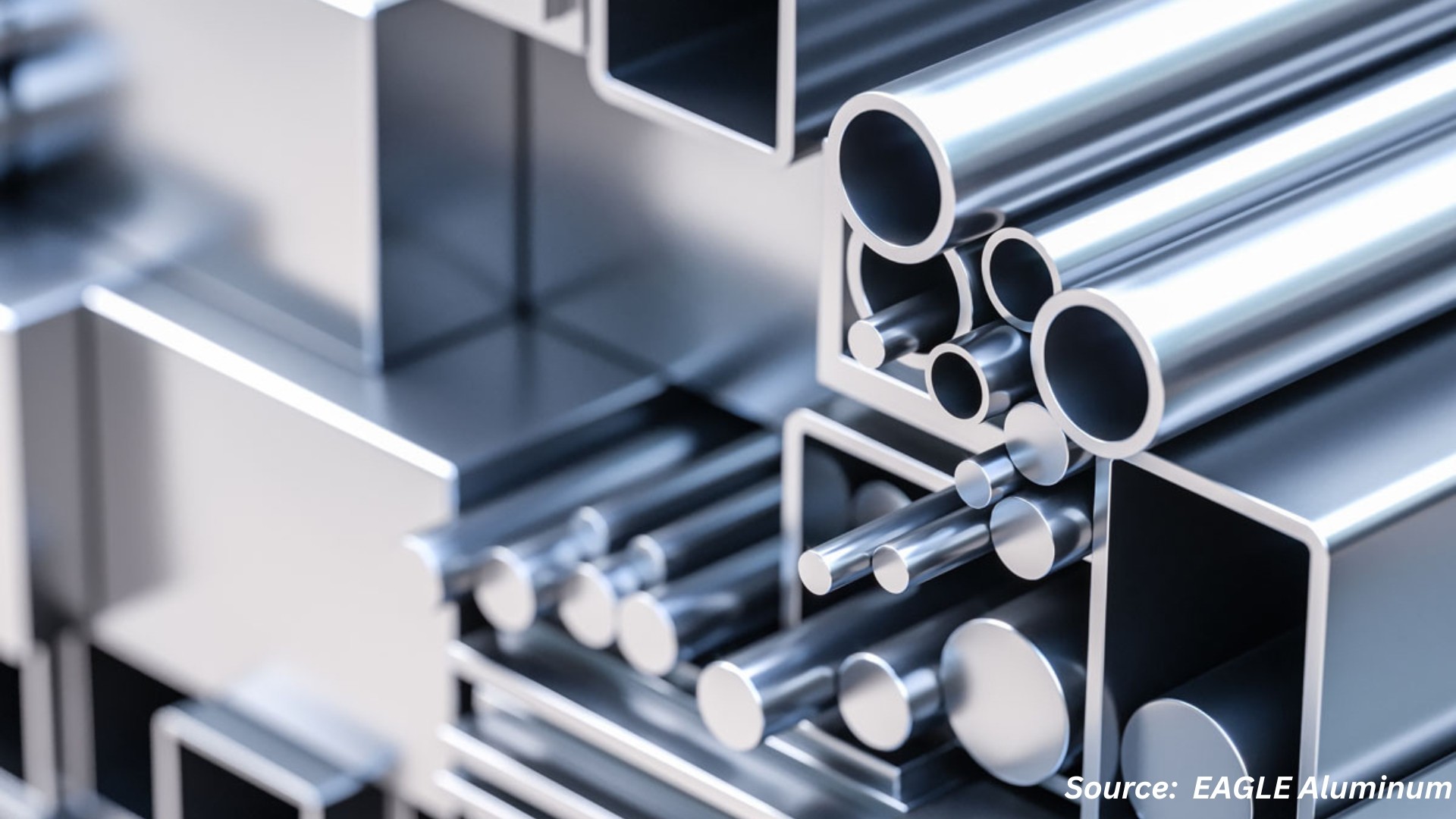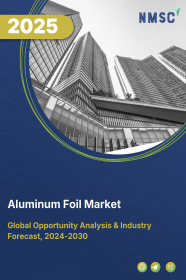
Aluminum Foil Market by Product Type (Converter, Household, Industrial, Laminated, and Others), by Thickness (Below 0.007 mm, 0.007–0.015 mm, 0.015–0.2 mm, and Above 0.2 mm), by Packaging Type (Flexible, Rigid, and Semi-Rigid), by Form (Rolls, Sheets, and Others), by Manufacturing Process (Rolling, Annealing, Coating, and Others), by Application (Packaging, and Industrial), and by End Users (Commercial and Household Consumers) – Global Opportunity Analysis and Industry Forecast, 2025–2030
Industry Overview
The global Aluminum Foil Market size was valued at USD 35.06 billion in 2024 and is predicted to reach USD 37.40 billion by the end of 2025. The industry is expected to reach USD 50.53 billion by 2030 with a CAGR of 9.2% from 2025 to 2030.
The market is expanding steadily, driven by rising demand from the global packaging industry, particularly in the food, beverage, and pharmaceutical sectors. Its superior barrier properties, lightweight nature, and versatility make it indispensable in preserving product quality and extending shelf life. Growth in e-commerce, increased health awareness, and changing consumer lifestyles are fuelling packaging innovation, boosting foil consumption.
Additionally, advancements in ultra-thin, high-strength foils are enabling more sustainable and cost-efficient solutions. However, high energy costs and environmental concerns remain key challenges, prompting a shift towards greener production methods. Despite these hurdles, aluminum foil continues to play a vital role in modern packaging systems.
Rapid Expansion of Packaging Industry Drives Market Growth
The aluminum foil market demand is witnessing strong growth, driven by the rapid expansion of the global packaging industry. Aluminum foil is widely valued for its excellent barrier properties against moisture, light, and oxygen, making it ideal for preserving the freshness and shelf life of food, beverages, and pharmaceutical products. Rising demand for packaged goods, particularly in urban and developing regions, is fuelling the need for lightweight, durable, and sustainable packaging solutions.
Additionally, shifts in consumer lifestyles, the surge in e-commerce, and heightened hygiene awareness, especially in the post-pandemic era, have significantly boosted global packaging demand. As a result, aluminum foil has become an increasingly essential material in modern packaging, directly contributing to the market's continued growth.
Rising Demand in the Pharmaceutical Sector Fuels Market Growth
The growing demand for aluminum foil in the pharmaceutical sector is becoming a significant driver of market expansion. Its non-reactive, impermeable nature makes it ideal for packaging applications such as blister packs and sealing lids, which are essential for protecting drug efficacy and ensuring patient safety.
This demand is closely tied to the surge in global pharmaceutical activity. In 2024, the European Union recorded a 13.5% increase in exports of medicinal and pharmaceutical products compared to 2023, reaching USD 339 billion. This notable growth reflects rising health awareness, stricter regulatory requirements, and the lasting impact of the COVID-19 pandemic. As the need for secure and contamination-free packaging intensifies, aluminum foil’s critical role in pharmaceutical applications continues to support and accelerate the growth of the market.
Surging Adoption of Aluminum Foil in Food and Beverage Industry Boosts Market Expansion
The rapid rise in food and beverage consumption, especially through online and convenience-focused channels, is driving growth in the market. Aluminum foil is widely used for packaging ready-to-eat meals, snacks, and beverages due to its lightweight, flexible, and protective properties, making it well-suited to fast-paced urban lifestyles.
Reflecting this trend, India’s Union Minister of Commerce & Industry, Shri Piyush Goyal, announced in January 2025 that the country aims to reach USD 100 billion in combined exports from the food and beverage, agriculture, and marine sectors over the next five years.
This ambition underscores the global momentum behind the demand for packaged goods. As consumption patterns increasingly favour convenience and safety, aluminum foil packaging’s role as a reliable packaging material is becoming more critical, further propelling the aluminum foil market growth.
High Energy Costs and Environmental Concerns Restrain the Market
The industry faces notable challenges due to high energy costs and growing environmental concerns. Producing aluminum foil is highly energy-intensive, with smelting and rolling processes accounting for the majority of electricity consumption in aluminum manufacturing. This significantly increases operational costs, particularly in regions affected by fluctuating energy prices.
Additionally, the environmental impact of primary aluminum production, which contributes substantially to greenhouse gas emissions, is drawing increased scrutiny from regulators and consumers focused on sustainability. As a result, packaging companies are exploring alternatives such as compostable and bio-based films. These factors limit market growth unless more sustainable production methods are adopted.
Development of Ultra-Thin, High-Strength Foils Creates Opportunities for the Market
The market is poised to benefit significantly from the development of ultra-thin, high-strength foil solutions. Innovations in manufacturing processes, including advanced rolling techniques and optimised alloy compositions, are enabling the production of thinner foils without compromising strength or barrier performance.
These advancements reduce material usage and production costs while meeting growing demand for sustainable and lightweight packaging. As end-use industries increasingly seek efficient, eco-friendly solutions, these high-performance foils are creating new growth avenues within the market.
Market Segmentations and Scope of the Study
The aluminum foil market report is segmented by product type into converter foil, household foil, industrial foil, printed foil, laminated foil, heavy-duty foil, and others. By thickness, it includes below 0.007 mm, 0.007–0.015 mm, 0.015–0.2 mm, and above 0.2 mm. Packaging types are categorised into flexible, rigid, and semi-rigid. By form, the market includes rolls, sheets, pre-cut sheets, embossed, and coated foils. Manufacturing processes include rolling, annealing, coating, printing, and laminating. Applications are divided into packaging and industrial. End users include commercial and household consumers. Based on region, the market is analysed across North America, Europe, Asia-Pacific, and the Rest of the World.
Geographical Analysis
North America is witnessing steady growth in the aluminum foil market share, largely fuelled by supportive government measures. In a major step toward strengthening domestic production, the U.S. Department of Energy (DOE) in 2024 awarded up to USD 500 million in grants to Century aluminum for establishing the country’s first new primary Aluminum smelter in 45 years, an initiative expected to boost raw material supply for foil manufacturing.
Europe’s aluminum foil sector is significantly influenced by the region’s strong pharmaceutical trade. Robust demand for blister packaging and barrier-protection materials drove foil consumption, especially in pharmaceutical applications. In 2024, the European Union reported that Germany led the EU in medicinal and pharmaceutical product exports, reaching USD 73.4 billion, followed by Ireland, USD 61.2 billion and Belgium, USD 44.8 billion, according to Eurostat. This high export volume underscores the growing need for reliable, high-quality aluminum foil for secure and efficient drug packaging across Europe.
The Asia-Pacific region is experiencing substantial growth in the market, largely driven by supportive government policies and expanding end-use industries related to the F&B sector. In India, the Union Minister of Commerce & Industry announced that the government permits 100% Foreign Direct Investment (FDI) in the Food & Beverage sector, including full foreign ownership and management.
This liberalised investment environment, along with streamlined work permit approvals, is attracting international companies to establish food processing and packaging operations in India, directly increasing demand for aluminum foil used in food-grade wraps, pouches, and containers. Such policies are enhancing the region’s role as a manufacturing and export hub for foil-based packaging solutions
The Rest of the World (RoW) region is seeing steady growth in the market, driven by rising demand for sustainable packaging. Countries like Brazil are improving recycling infrastructure, while the Middle East, led by Saudi Arabia and the UAE, is phasing out single-use plastics, boosting the use of foil in food and retail packaging. Though the market share remains modest, growing environmental regulations and local investments are expected to support future expansion.
Strategic Developments in the Market
Key players in the aluminum foil industry are actively engaging in capacity expansions, technological collaborations, product launches, and sustainability initiatives to strengthen their market position:
-
In June 2024, Amcor Capsules introduced ESSENTIELLE, a plastic-free aluminum–paper foil specifically designed for sparkling wine. This innovation holds significance for the market as it aligns with growing sustainability trends. Notably, ESSENTIELLE offers a 31% reduction in carbon footprint compared to conventional complex foils, highlighting the industry's shift toward eco-friendly packaging alternatives.
-
In 2024, UACJ collaborated with Toyo Seikan to launch “EcoEnd” beverage lids, marking a significant advancement in sustainable aluminum applications. This development contributes to the market’s broader push toward eco-conscious solutions, as the new lids reportedly reduce greenhouse gas emissions by approximately 40%. Such innovations reinforce the industry's commitment to lowering environmental impact while maintaining performance in packaging.
-
In January 2025, Jindal Aluminum invested approximately USD 17 million in capital expenditure to expand its aluminum foil production capacity. This investment aims to increase capacity by 32,000 tonnes per annum (tpa), bringing the total to 50,000 tpa within the next few quarters. The move underscores growing demand within the market, particularly in India, and reflects the company's strategic focus on meeting rising consumption across packaging and industrial applications.
Key Benefits
-
The report provides quantitative analysis and estimations of the industry from 2025 to 2030, which assists in identifying the prevailing market opportunities.
-
The study comprises a deep dive analysis of the current and future market aluminum foil market trends to depict prevalent investment pockets in the sector.
-
Information related to key drivers, restraints, and opportunities and their impact on the market is provided in the report.
-
Competitive analysis of the key players, along with their market share, is provided in the report.
-
SWOT analysis and Porter's Five Forces model are elaborated in the study.
-
Value chain analysis in the market study provides a clear picture of the roles of stakeholders.
Aluminum Foil Market Key Segments
By Product Type
-
Converter Foil
-
Household Foil
-
Industrial Foil
-
Printed Foil
-
Laminated Foil
-
Heavy Duty Foil
-
Others
By Thickness
-
Below 0.007 mm
-
0.007 mm to 0.015 mm
-
0.015 mm to 0.2 mm
-
Above 0.2 mm
By Packaging Type
-
Flexible Packaging
-
Pouches
-
Sachets
-
Wrappers
-
-
Rigid Packaging
-
Trays
-
Containers
-
Foil Lids
-
Blister
-
Cans
-
-
Semi-Rigid Packaging
-
Laminated Tubes
-
Aseptic Packaging
-
By Form
-
Rolls
-
Sheets
-
Pre-Cut Sheets
-
Embossed Foil
-
Coated Foil
By Manufacturing Process
-
Rolling
-
Annealing
-
Coating
-
Printing
-
Laminating
By Application
-
Packaging
-
Food & Beverage
-
Tobacco
-
-
Industrial
-
HVAC
-
EV Batteries
-
Thermal Insulation
-
Cable Wraps
-
By End Users
-
Commercial
-
Food Service Providers
-
Pharmaceutical Companies
-
Healthcare
-
Cosmetic Manufacturers
-
Consumer Goods
-
Electronics
-
-
Household Consumers
By Region
-
North America
-
The U.S.
-
Canada
-
Mexico
-
-
Europe
-
The UK
-
Germany
-
France
-
Italy
-
Spain
-
Denmark
-
Netherlands
-
Finland
-
Sweden
-
Norway
-
Russia
-
Rest of Europe
-
-
Asia-Pacific
-
China
-
Japan
-
India
-
South Korea
-
Australia
-
Indonesia
-
Singapore
-
Taiwan
-
Thailand
-
Rest of Asia-Pacific
-
-
RoW
-
Latin America
-
Middle East
-
Africa
-
Key Players
-
Assan Aluminyum Sanayi ve Ticaret A.S.
-
Hindalco Industries Limited
-
Huawei Aluminum
-
Laminazione Sottile
-
Shanghai Metal Corporation
-
Xiamen Xiashun Aluminum Foil Co., Ltd.
-
Jindal Limited
-
LSKB Aluminum Foils
-
Raviraj Folls Limited
-
AQSA Polypack Pvt. Ltd.
-
Sun Pro Group of Companies
-
Nath Foils Pvt. Ltd.
-
Alufoil Products Pvt. Ltd.
REPORT SCOPE AND SEGMENTATION:
|
Parameters |
Details |
|
Market Size in 2025 |
USD 37.40 billion |
|
Revenue Forecast in 2030 |
USD 50.53 billion |
|
Growth Rate |
CAGR of 9.2% from 2025 to 2030 |
|
Analysis Period |
2024–2030 |
|
Base Year Considered |
2024 |
|
Forecast Period |
2025–2030 |
|
Market Size Estimation |
Billion (USD) |
|
Growth Factors |
|
|
Countries Covered |
28 |
|
Companies Profiled |
15 |
|
Market Share |
Available for 10 companies |
|
Customization Scope |
Free customization (equivalent up to 80 working hours of analysts) after purchase. Addition or alteration to country, regional, and segment scope. |
|
Pricing and Purchase Options |
Avail customized purchase options to meet your exact research needs. |

















 Speak to Our Analyst
Speak to Our Analyst



